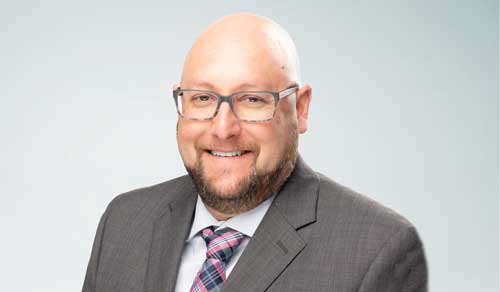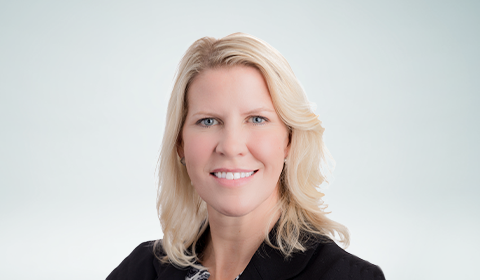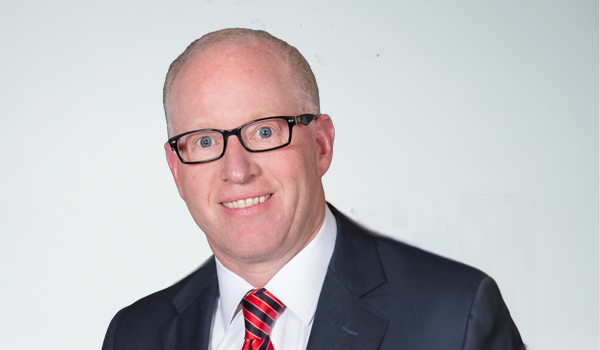Key takeaways
- The insurance industry loses an estimated $75 billion annually to fraud, affecting both policyholders and carriers.
- Upskilling underwriters to spot anti-selective behavior and fraud early in the process is crucial for detection and prevention.
- Future innovations to combat fraud include the increased use of contributory data sources, AI tools, and the ongoing evolution of application questions to improve the likelihood of full disclosure.
Concerns over fraud – detection, mitigation, prevention, and cost – are top of mind for US life insurance carriers. This unfortunate reality is supported by results from the RGA/MIB 2024 US Life Insurance Fraud Survey.
The trifecta of fraud, misrepresentation, and anti-selection has a profound financial impact on the insurance industry, but the costs spread even further. The ripple effects span from increased premiums for policyholders to decreased profits for carriers. It is estimated to cost each US household around $600 annually in increased premiums to offset these losses. Therefore, it is vital to identify and implement effective approaches to mitigate the risks.
To that end, RGA teamed with MIB, an industry leader in data insights and digital solutions, to survey US life insurance carriers. The findings provide observations into the impact of fraud on their businesses and their perspectives on detecting and combating it.
RGA conducted a similar survey in 2016, allowing for a measure of comparison and a view into the evolution of insurance fraud over that time.
Challenges with fraud
Survey respondents were asked to rate their level of concern with different types of fraud, as well as the difficulty of detecting them and the cost to combat each type.
Level of concern
The largest area of concern rests with medical misrepresentation – an applicant providing untrue or incomplete medical information. It had an average ranking of 4.0 on a scale of five, where one is not at all concerned and five reflects the highest level of concern.
Stacking – when an insured pursues multiple policies to increase their coverage – was positioned next by carriers (3.0). The 2016 survey found agent fraud as the second-highest concern
Listed third, with a 2.9 average ranking, was criminal fraud (e.g., forgery, falsifying underwriting evidence, fake death).
Level of detection difficulty
Several types of fraud are considered particularly difficult for insurers to flag.
Respondents chose rebating (3.6) as the most difficult to detect. This is defined as returning a portion of the premium or agent/broker’s commission to the insured to entice business with a specific insurer.
Criminal fraud and community fraud (when travelers or nomadic people conspire to conceal an insured’s illness or medical condition) tied as the second most difficult to detect (3.3).
Cost to detect and combat
The insurance industry deploys significant money and resources to detect and combat fraud. Insurers listed medical misrepresentation (3.2) as the costliest. This was followed by criminal fraud (2.6) and non-medical misrepresentation (2.5), such as career omissions, adverse driving histories, and/or aviation-related non-disclosures.
The impact of fraud
Ninety-six percent of insurers that offer accelerated underwriting (AUW) products are concerned about fraud. For the purposes of the survey, AUW is defined as a fully underwritten process by which certain requirements are waived for a portion of applicants who demonstrate favorable risk characteristics. To offset the associated cost, 65% of these respondents limit the policy face amounts and implemented specific age parameters. Some carriers also increase eligibility requirements, including health and medical history.
The most common ranked medical misrepresentation associated with AUW policies related specifically to tobacco use, followed by other types of misrepresentations. Survey findings showed an estimated average of 22% of cases are eliminated from the AUW process due to discrepancies between disclosures and the evidence collected. Respondents also indicated they are limiting the amount of written AUW business to minimize the volume and/or the cost of misclassification. There is a greater use of protective value requirements in the AUW triage process or criteria.
Fraud concerns are hindering online insurance distribution, with 10% of insurers indicating they lack the risk appetite. Of those offering this type of distribution, 60% limit policy face amounts and have age restrictions to guard against anti-selection risk.







